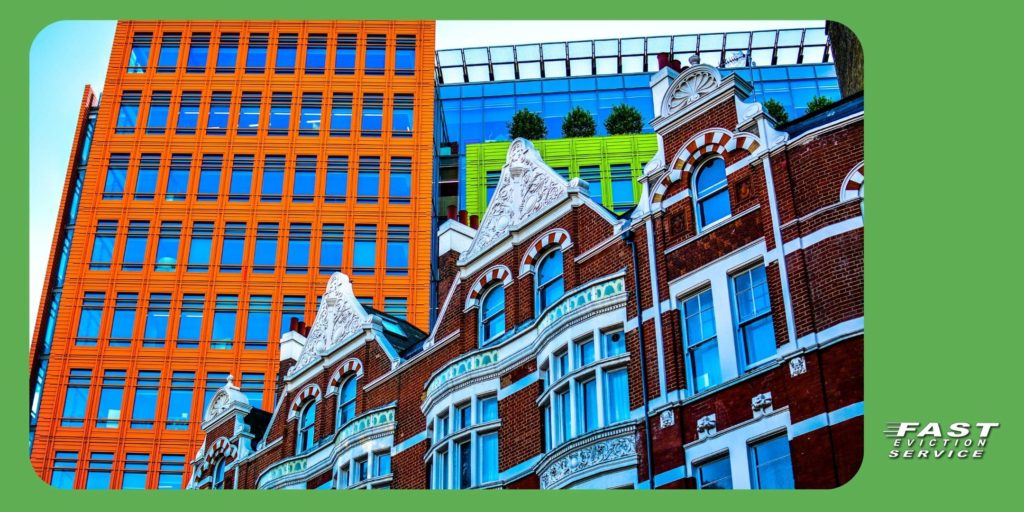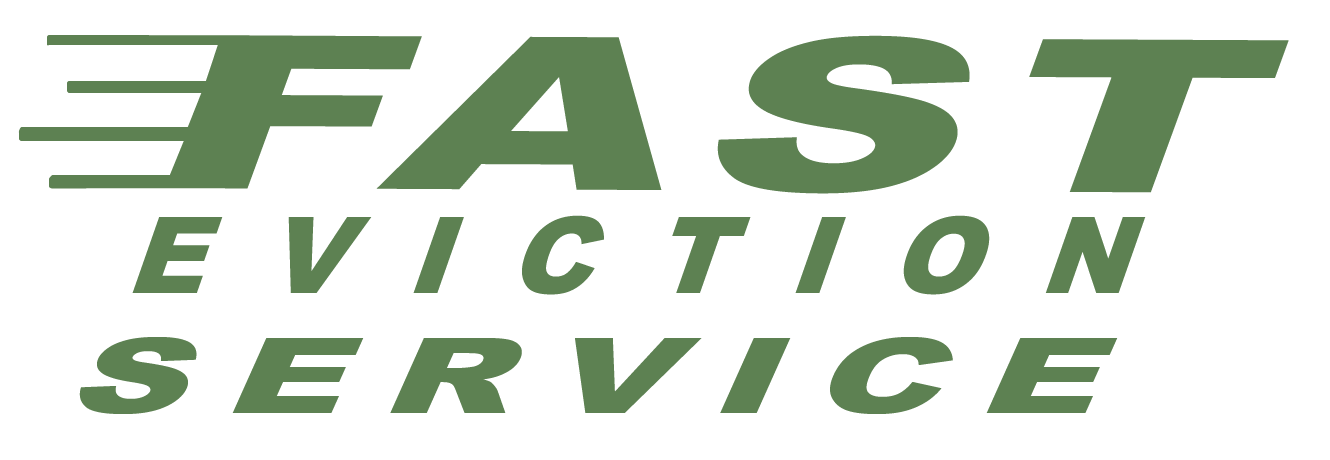You are represented at all times by one of our California Eviction Attorneys | 1-800-686-8686 | intake@fastevict.com | Se habla español
Los Angeles Landlords Cost Recovery and Rent Adjustment Programs
Updated 01/16/25
Los Angeles has six programs administered by the housing authority HCIDLA that enables landlords to recover the cost of improvements to the property from their tenants.

When approved by HCIDLA, these temporary rent surcharges and permanent increases can be applied to a tenant’s rent are in addition to and above the rent increases normally allowable under Los Angeles’s Rent Stabilization Ordinance or LARSO. Landlords are not required to obtain approval from the tenants before making the improvements to the rental property.
What is permitted in each program depends upon the circumstances and specific nature of the improvements. Some programs allow for temporary rent surcharges and other allow for permanent rent increases. Here are the six programs with links to the city website for more information.
Capital Improvement Program
This program splits the costs of the improvements 50/50 between the landlord and the renters benefiting from the improvement. A Capital Improvement is defined as: “The addition or replacement of the following improvements to a rental unit or common areas of the housing complex containing the rental units,….”(LAMC 151.02.C)
Improvements can include the exterior painting of the building, doors, windows, screens, flooring, fixtures, fences, landscaping, security items, and major appliances. It is required the improvement primarily benefits the tenant, will last for five or more years, and is not normal or routine maintenance or repair.
The landlord has twelve months to file an application with the department that presents proof the work was done including contracts, contractor invoices and proof of payment.
Fifty-five dollars a month is the maximum temporary rent surcharge that can be applied through this program to each rental unit and is collected for up to 72 months – or until the total amount approved is collected. That works out to be $55 x 72 months = $3690 maximum over a six year time frame – or $660 a year max. This is towards 50% of the improvement’s cost.
The Seismic Retrofit Work Program
The Earthquake Hazard Reduction Ordinance has established mandatory standards for earthquake safety, and at the same time has limited the share of costs related to mandatory retrofitting to 50% that can be passed along to the tenants of rent-stabilized properties.
The maximum rent increase allowable is $38 a month per unit for 120 months = $4,560 over a ten year period – or $456 a year max. This is towards 50% of the approved costs of the mandatory retrofit. This time limit can be extended with approval beyond ten years.
Click here for: Seismic Retrofit Work Cost Recovery Application
Primary Renovation Program
Examples of work which fall under this program include substantial alterations, re-piping, seismic retrofitting and re-wiring. This program works in conjunction with the Tenant Habitability Program or THP and is part of the Department’s Code Enforcement Division. Examples of work which fall under this program include substantial alterations, re-piping, seismic retrofitting and re-wiring.
For landlords wanting to take advantage of the Primary Renovation Program, they must first file an application and meet the requirements of THP describing the scope of the work and the methods that the owner, contractor, and workers will use to mitigate potential impact to the tenants. This application ensures that the impact of the renovation work upon the tenants is properly mitigated.
For more information including a questionnaire and worksheet to see if this program is right for you click here: Primary Renovation Program Application
Rehabilitation Work Program
This program is for eligible improvements mandated by federal, state of local agencies through Health, Safety or Building Cods, or for repairs due to damages caused by natural disasters such as fire, flood or earthquakes. Landlords need to provide proof the work was done including contractor invoices and proof of payment within 12 months of the completion of the work.
The maximum temporary rent surcharge that can be received through this program is $75 per unit per month for a maximum of 60 months. That’s $4,500 over a five year period or $900 per year.
Just & Reasonable Rent Adjustment Program
To give landlords a fair return on their rental property investment this program compares the Net Income from the first year business records are available with the current year. If the business is currently unprofitable compared to its first year of operation, permanent adjustments may be made to the rent to permit a fair return on the owner’s investment.
This program is also applicable if after only one year of ownership, the rental property is operating in the red.
Click here for the Just & Reasonable Rent Adjustment Program Application
Replacing Smoke Detectors
Landlords are allowed to recover the purchase price and installation costs of smoke detectors at the rate of $3.00 per month per unit. This is a self-help cost recovery program for landlords that does not require the approval of the housing authority HCIDLA.
Landlords may begin receiving the surcharge after a 30 day written notice is provided to the tenant that includes the cost of the detector, the costs of installation, the number of months the tenant will be paying the charge and the beginning and end dates the surcharge will be applied to the rent.
Calculating Rent Correctly
Rent for units under the Rent Stabilization Ordinance can be adjusted for various allowable reasons, leading to either temporary or permanent changes. Permanent rent increases, like those from Primary Renovations and Just & Reasonable adjustments, are incorporated into the Maximum Adjusted Rent of a rental unit. In contrast, temporary rent surcharges, such as those for Capital Improvements, are added on after calculating the Maximum Adjusted Rent. You can visit the official LAHD website to see an example of how to calculate rent correctly.


